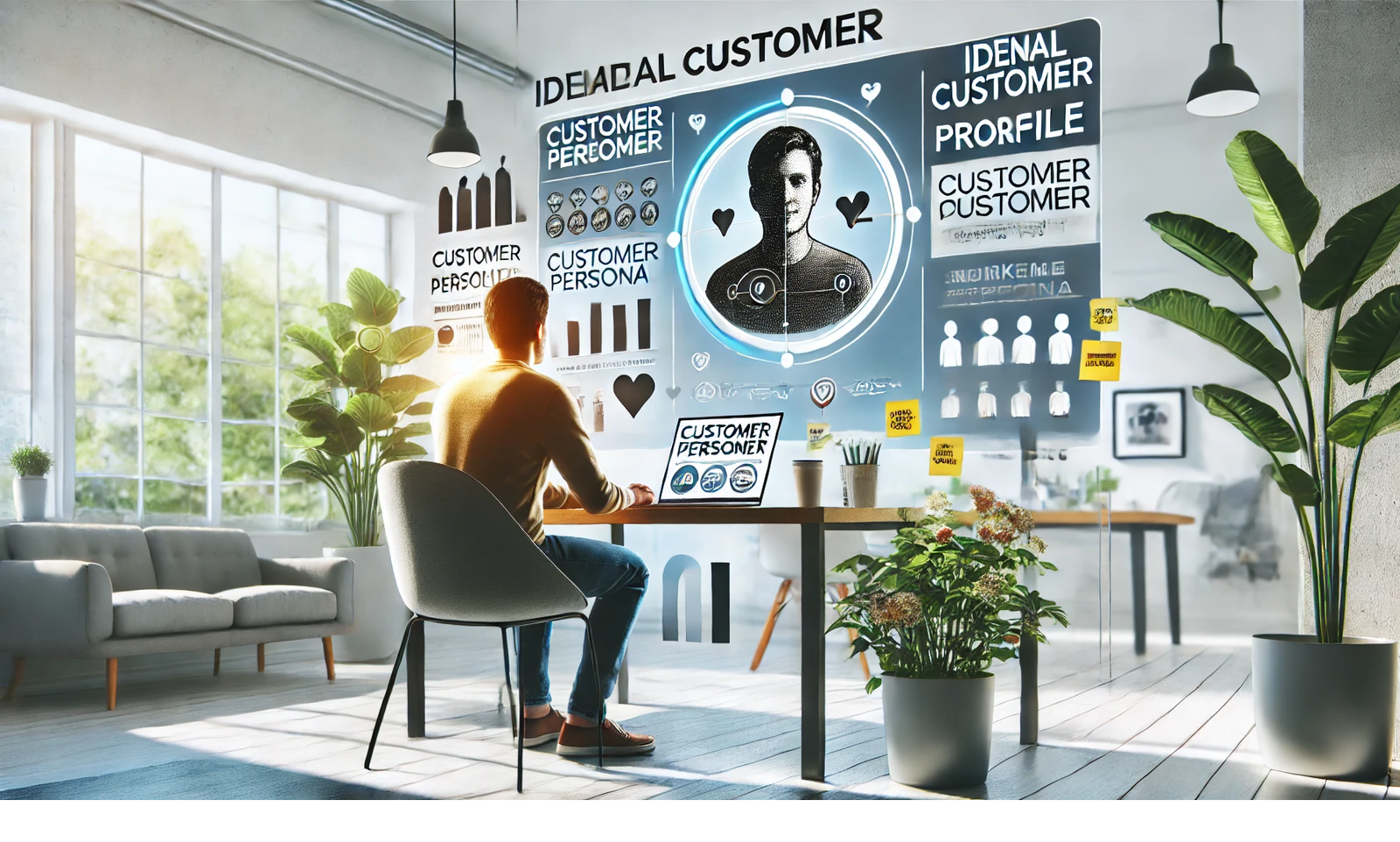Understanding and targeting your ideal customer is key to creating effective marketing strategies, improving customer satisfaction, and growing your business. By identifying who your ideal customer is, you can focus your efforts on attracting and retaining the right audience. This guide outlines how to pinpoint your ideal customer and effectively target them.
Why Identifying Your Ideal Customer Matters
Knowing your ideal customer allows you to:
- Optimize Marketing: Tailor your messaging and campaigns to resonate with your audience.
- Increase Efficiency: Focus your resources on high-potential customers.
- Improve Retention: Deliver products and services that meet their specific needs.
- Boost Revenue: Attract loyal customers who are more likely to make repeat purchases.
The clearer your understanding of your ideal customer, the more effective your business strategies will be.
Step 1: Analyze Your Existing Customers
Start by looking at the customers who already buy from you.
Questions to ask:
- Who are your top-paying customers?
- What characteristics do your most loyal customers share?
- Which customers provide positive feedback and referrals?
Analyzing your existing customer base helps you identify patterns and common traits among your ideal customers.
Step 2: Create a Customer Persona
A customer persona is a detailed representation of your ideal customer.
Include these elements in your persona:
- Demographics: Age, gender, location, income, education level.
- Psychographics: Interests, hobbies, values, lifestyle.
- Pain Points: Problems or challenges your product or service can solve.
- Buying Behavior: How they research, decide, and make purchases.
Example Persona:
- Name: Sarah
- Age: 35
- Location: Urban area
- Interests: Sustainable living, yoga, and online shopping
- Pain Point: Difficulty finding affordable eco-friendly products
- Buying Behavior: Prefers shopping through Instagram ads and local businesses
Creating personas helps you empathize with your audience and design better solutions.
Step 3: Research Your Market
Gather insights about your target audience by conducting market research.
Methods to gather data:
- Surveys and Questionnaires: Ask potential and existing customers about their preferences and behaviors.
- Social Media Analytics: Use tools like Facebook Insights or Instagram Analytics to learn about your followers.
- Competitor Analysis: Study your competitors’ audiences to identify gaps you can fill.
Data-driven insights ensure your marketing efforts are well-informed and targeted.
Step 4: Segment Your Audience
Dividing your audience into segments allows you to tailor your approach to specific groups.
Common ways to segment your audience:
- Demographic: Age, gender, income.
- Geographic: Location, climate, urban vs. rural.
- Behavioral: Purchase history, brand loyalty, product preferences.
- Psychographic: Values, interests, and lifestyle choices.
For example, an online clothing store might create segments for budget-conscious shoppers and fashion-forward trendsetters.
Step 5: Craft Targeted Messaging
Once you’ve identified your ideal customer, create messaging that speaks directly to their needs and desires.
Tips for effective messaging:
- Use language and tone that resonates with your audience.
- Highlight how your product solves their specific problems.
- Showcase benefits that align with their values and priorities.
For instance, if your ideal customer values sustainability, emphasize eco-friendly features in your marketing.
Step 6: Choose the Right Channels
Your ideal customer’s preferences determine where and how you should market your business.
Consider these factors when selecting channels:
- Social Media: Platforms like Instagram and TikTok are great for visually-driven brands.
- Email Marketing: Effective for building long-term relationships and nurturing leads.
- Search Engines: SEO and PPC ads help you reach customers actively searching for solutions.
- Events and Partnerships: Hosting workshops or collaborating with relevant brands can attract local audiences.
Focus on channels where your target audience spends their time.
Step 7: Test and Refine
Identifying your ideal customer is an ongoing process. Continuously test and refine your approach based on results.
How to adjust your strategy:
- Monitor campaign performance to see what resonates.
- Experiment with different messaging, channels, or offers.
- Gather feedback from your audience to identify areas for improvement.
Flexibility ensures your strategies evolve with your customers’ needs.
Final Thoughts
Identifying and targeting your ideal customer is a crucial step for business success. By understanding their demographics, preferences, and pain points, you can create tailored marketing strategies that drive engagement and loyalty.
Invest time in getting to know your audience, and your efforts will pay off with stronger connections and better results.

